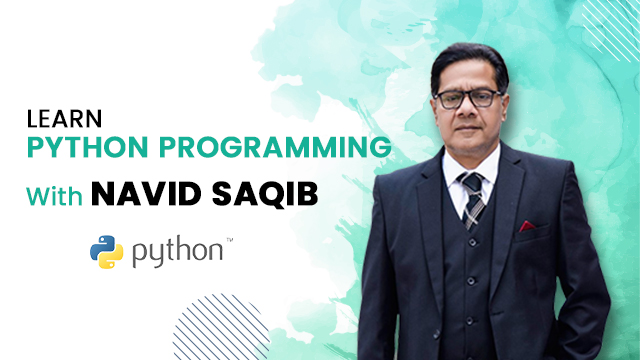Currently Empty: $0.00
Paper 1 – Theory (Typically 2 hours)
0/20
Introduction Paper 2 – Practical (Typically 2 hours) done
0/2
Problem Solving
0/5
Relation of Real Life and Programming done
0/5
Stages of Programming
0/14
Dealing with Constructs
0/24
Question Set 3
0/3
Flow charts – The easy concept
Concept of Validations
0/6
Question Set 4
0/2
Dealing with 1D Arrays
Dealing with 2D Arrays
Linear search with !D Array – The common pattren
Bubble Sort – The common Pattren
Modular Programming – Concept of Procedures and Functions
Handling Errors in Pseudocode
File Handling
File handling – with 1D Array
Logic Gates
Databases
When solving a problem using a computer program, a structured approach is essential to ensure the solution is accurate, efficient, and easy to understand.🕓 Several key methods are used during the design and construction phases of problem-solving in programming.
Before designing a solution, it is important to understand the problem clearly. This involves identifying:
Inputs (what data is needed),
Processes (what must be done to the data), and
Outputs (what result is expected).
This step may involve writing down the problem requirements or drawing diagrams to visualize the flow of data.
An algorithm is a step-by-step set of instructions to solve a problem. Algorithms can be written in plain English or in pseudocode—a structured, language-like format that shows logic without using actual programming syntax. Algorithms can also be represented using flowcharts, which use symbols to show the flow of control.
The top-down design method involves breaking down a complex problem into smaller, manageable sub-tasks or modules. Each module performs a specific part of the overall task. This makes the program easier to design, test, and modify.
Flowcharts are visual diagrams that use standard symbols to represent processes, decisions, and the flow of control. They help in understanding and communicating the logic of a solution clearly before coding.
Pseudocode helps in designing the logic of the program without worrying about the syntax of a specific programming language. It makes the logic easy to follow and serves as a blueprint for actual coding.
Before converting the algorithm into code, a dry run can be performed using trace tables to simulate the steps and check if the logic is correct. This helps in detecting logical errors early in the design phase.
Once the design is complete and tested logically, the solution is translated into a specific programming language such as Python, Java, or pseudocode used in exams. This is the construction phase where the actual code is written.

